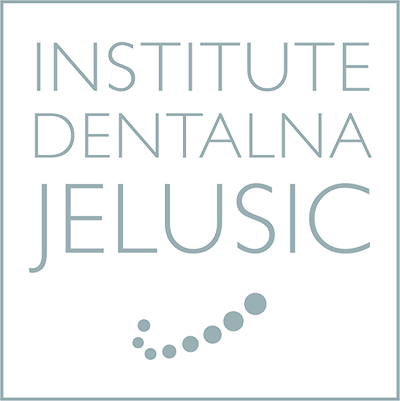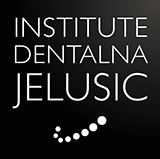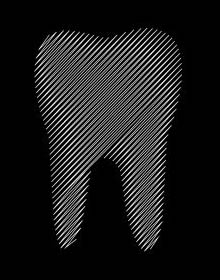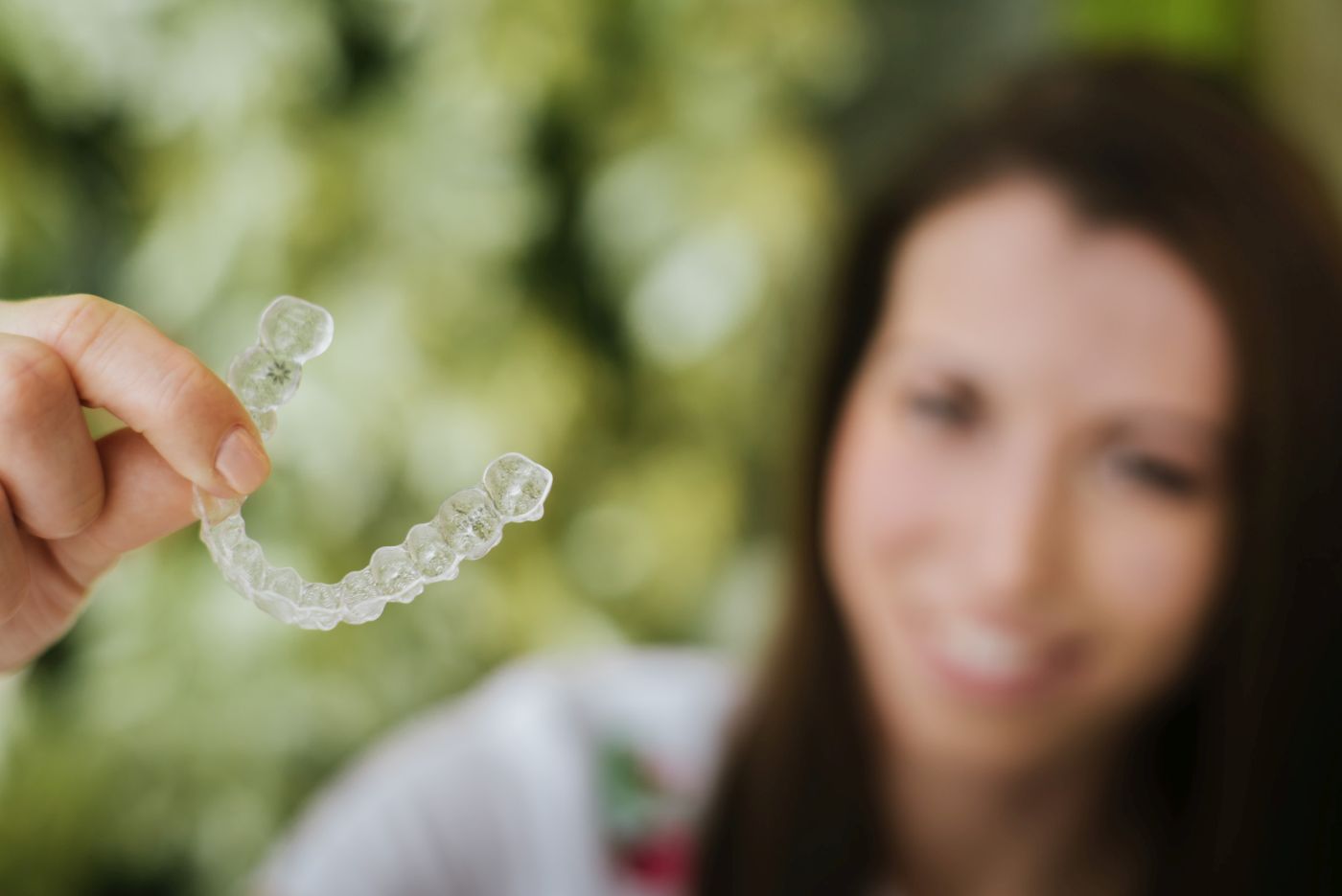Orthodontics is a branch of dentistry that is subject to rapid changes and constant innovation, all in order to meet the needs of patients as much as possible. Invisalign treatment is based on the use of clear aligners to straighten teeth and is very popular among patients of all age groups. Being so pupular, we get many questions about Invisalign, so we have decided to answer some of them here…
1) How does Invisalign orthodontic treatment work?
Invisalign teeth straightening aligners move teeth through a series of carefully controlled movements. “Attachments”, i.e. tiny tooth-colored “bumps” that are bonded to the surface of teeth, ensure the retention of the aligners and allow for the targeted movements. Each aligner is designed for a specific and planned tooth movement.
2) How do clear braces differ from classic fixed braces?
Fixed orthodontic braces function according to the principle of wires and brackets. Once they are placed, they do not come off until the end of the treatment. Unlike them, clear braces or so-called “clear aligners” have no wire elements and are almost invisible. Orthodontics with Invisalign is based on the mobile approach of orthodontics, since the aligners can be removed at any moment.

3) What are the advantages of choosing an Invisalign aligner?
The biggest advantage is its transparency. Due to the transparency of the material, the aligners are practically invisible and therefore are not so noticeable and do not effect your appearance. Also, it is easier to maintain a good oral hygiene since the aligners can be removed before eating and re-inserted after eating and brushing. As the aligners do not contain wire elements, there is no possibility of brackets becoming detached or wires “poking”. Another important factor is the reduced number of check ups when compared to patients who wear fixed orthodontic braces. If you are unable to come to the office in person, we can communicate through specially designed apps via mobile phone or laptops, where we can exchange photos, offer suggestions and opinions.
4) How many hours a day is it necessary to wear Invisalign aligners?
The optimal amount of time to wear the aligners is 22 hours a day. It is recommended that the aligners be removed only when eating and brushing teeth, i.e. several times a day for a short amount of time. The more the aligners are worn, the better the results will be and the more beautiful your smile will be! 🙂
5) How is dental hygiene properly maintained during Invisalign treatment?
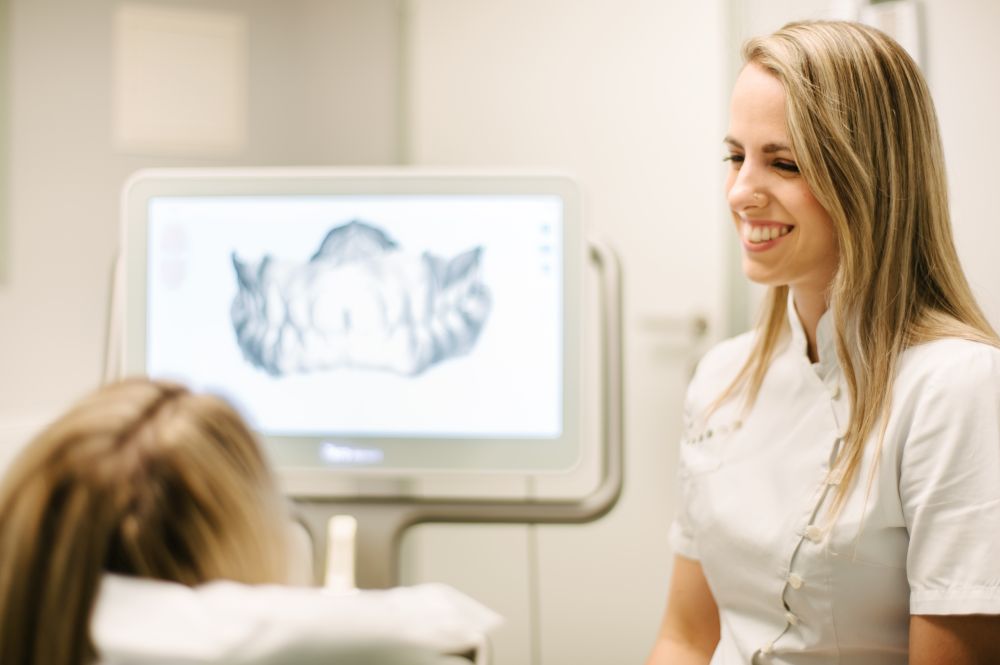
During Invisalign treatment , patients continue to maintain oral hygiene as usual, using a toothbrush, toothpaste and mouthwash. Additionally, it is important to clean the aligner itself every time before putting it back into the mouth. We recommend using effervescent tablets for cleaning aligners.
6) Is treatment with Invisalign orthodontic aligners painful?
Mild pain is normal at the very beginning of wearing Invisalign aligners, and it is something that should not worry you. It is significantly less compared to the pain of wearing fixed braces. The pain indicates that the teeth are starting to move to the planned positions. As treatment progresses, pain decreases with the replacement of each subsequent aligner, and becomes more an occasional discomfort, which makes wearing the aligners extremely comfortable.
7) Will Invisalign affect my speech?
When you first start wearing your Invisalign aligners, you will feel a little strange just because there is now something new in your mouth that you are not used to. However, after an initial adjustment period, most patients have no issues with speaking.
8) Is it necessary to wear a retainer aligner after finishing Invisalign treatment?
Upon finishing Invisalign treatment, each patient receives a custom Invisalign orthodontic Vivera retainer. The Vivera retainer keeps teeth stable in their new position. It is generally sufficient to wear the retainer only while sleeping.
9) Since I have stopped wearing braces, my teeth have moved. Can Invisalign treatment fix this?
Absolutely! If you have already had orthodontic treatment, and your teeth have since moved from the desired position, you are an ideal candidate for Invisalign. In such cases, the treatment itself will probably last much shorter given you have already worn braces in the past but, nevertheless, some teeth have shifted.
We hope that we have brought Invisalign orthodontic treatment closer to you and resolved any doubts you may have had. If you have any further questions, feel free to contact us and we will get back to you as soon as possible.
We are awaiting your visit, and are looking forward to hanging out and creating memories and beautiful future smiles!
Journal by Dr. Natalija Obrovac Frančišković
For any questions, advice and check-ups contact us:
+385 51 718 050
clinic@jelusic.com
